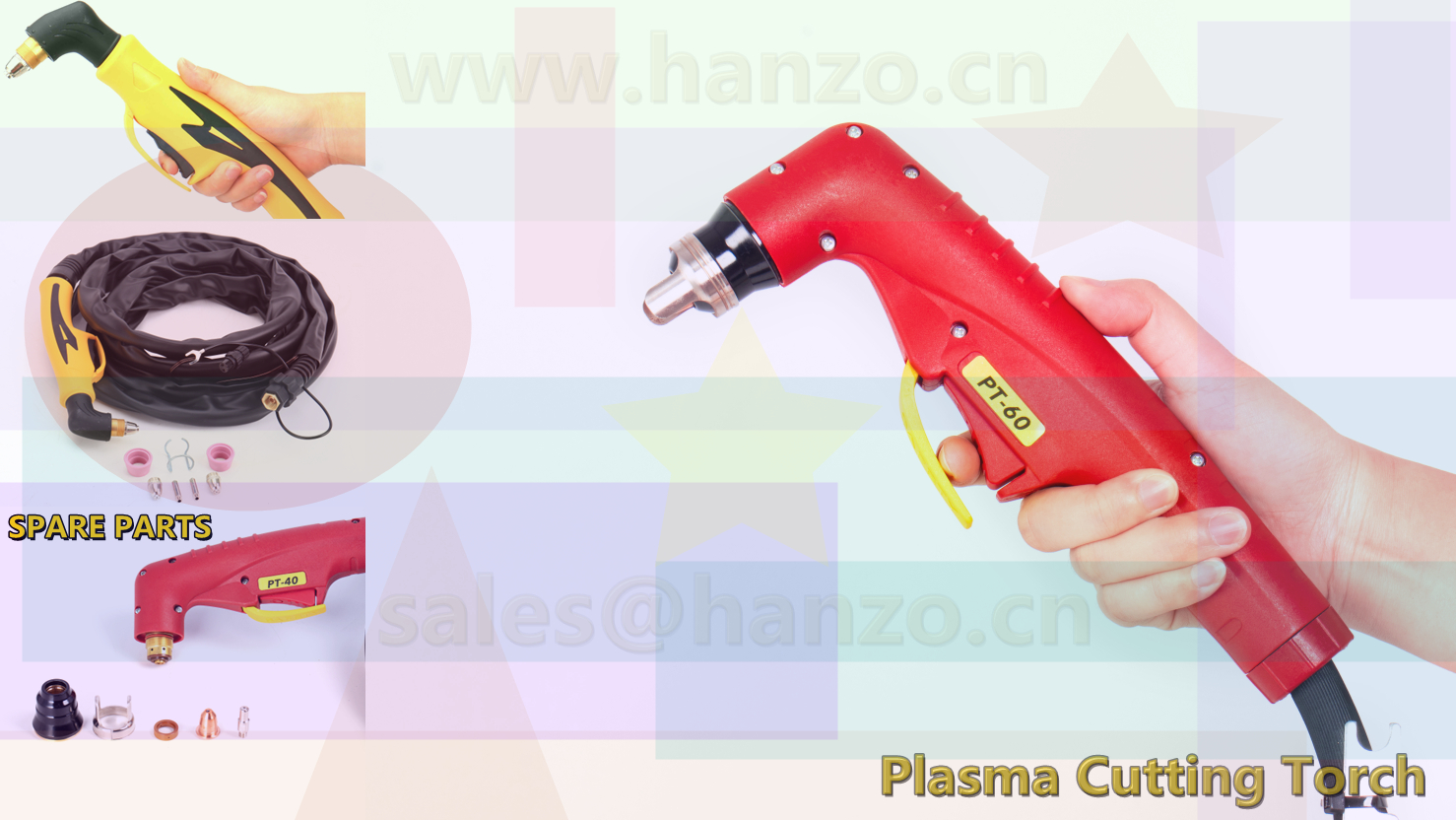Non-HF (none high-frequency) and HF (high-frequency) plasma cutters are two common types of plasma cutting equipment, with some differences in working principles, performance characteristics, and so on.
Working Principle
Non-HF plasma cutter: Uses a lower frequency to generate a plasma arc. The heat generated during cutting is relatively concentrated, resulting in a slower cutting speed but a better cutting quality with a smooth and flat cut.
HF plasma cutter: Uses a higher frequency to generate a plasma arc. The heat generated during cutting is distributed more widely, resulting in a faster cutting speed but the cut may have some burrs or oxide layer.
Comparison of Advantages and Disadvantages
| Feature | Frequency | Cutting Speed | Cutting Quality | Cutting Thickness | Applicable Materials | Equipment Cost | Maintenance Cost | Scope of Application |
| Non-HF Plasma Cutter | Low | Slow | Good, smooth and flat | Thick | Various metal materials, including stainless steel, carbon steel, etc. | Relatively high | Relatively high | Precision cutting, thick plate cutting |
| HF Plasma Cutter | High | Fast | Gerneral, may have burrs | Thin | Mainly used for thin plate cutting | Relatively low | Relatively low | Thin plate cutting, fast cutting |
Selection Suggestions
When choosing a Non-HF plasma cutter, if you have high requirements for cutting quality and need to perform precision cutting, a Non-HF plasma cutter is a good choice.
When choosing a HF plasma cutter, if you need to cut thin plates quickly and do not have high requirements for cutting quality, a HF cutter is a cost-effective choice.
Summary
The choice of plasma cutter depends on your specific cutting needs. If you have higher requirements for cutting quality and precision, it is recommended to choose a Non-HF plasma cutter; if you have higher requirements for cutting speed and cost, it is recommended to choose a HF plasma cutter.
In addition, when choosing a plasma cutter, you also need to consider the following factors:
1.Thickness and type of material to be cut
2.Cutting precision requirements
3.Cutting speed requirements
4.Budget
All rights reserved by Hanzo Technologies Co., Ltd.


